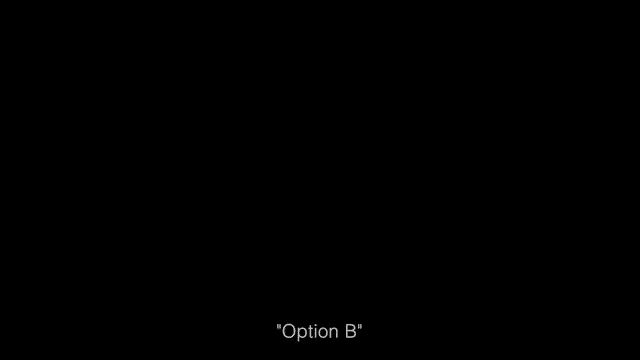Breaking Barriers: The Power of Digital Storytelling for Conflict Resolution
Digital storytelling as a way of representation, helps students to develop empathy towards others, leading to a more nuanced and thoughtful perspective on conflict resolution.
Conflict resolution with youth is a crucial aspect of building peaceful and harmonious relationships among young people. Communication and negotiations skills, meditation, and restorative justice are just some of the methods used to equip youth with the necessary tools to resolve conflict constructively.
To promote healthy relationships and prevent conflict from escalating, it is crucial to create safe spaces where youth can freely express themselves and engage in open dialogue. In this regard, digital storytelling is a valuable tool for helping teens express their experiences and emotions related to conflicts through images, videos, audio recordings, or other multimedia formats.
Using Imagination
In a program we developed in Barcelona for young people in foster care, we used digital storytelling and multimedia resources to create a safe and inclusive space where teens could express their most common conflicts. We invited participants to share their experiences in a circle without getting too personal, talking about conflicts they heard about or thought were common among teens.
After sharing their experiences and thoughts, we asked participants to propose three possible ways to resolve each of the conflicts by writing down the possible outcomes on a piece of paper. By naming and limiting the possible outcomes, participants were able to visualize potential solutions more clearly, as well forecast the implications and consequences of each possible solution.

By participating in this exercise, teens gained a better understanding about the consequences of each potential resolution, helping them to be more prepared to make conscious decisions.
They were also able to see that the boundaries between each option may sometimes be blurry, but didn't feel overwhelmed because they had a clear “road map” of all the available alternatives.
The second part of the activity involved the proposed solutions a step further by creating a video that exposed the conflict and its three possible resolutions. By presenting their conflict and possible resolutions in an audio-visual way, teens were able to better understand the impact of their ideas and thoughts. This contributed to advancing their self-confidence and sense of agency, as they realized the potential of making mindful decisions without letting their emotions come over to resolve conflicts and nurture healthy relationships.

Although storytelling is a fundamental aspect of human communication, bringing a story to the screen can be a challenging task. To support students in this process, we introduced a step-by-step approach that began with creating drawings of the story’s characters and the occasions where the conflict occurs, such as school or home. Next, we encouraged students to film abstract actions with their bodies that could represent possible outcomes of the story. Finally, to bring the story to life, students recorded audio telling the story by using their own voices and edited the sequences using digital tools. By breaking down the process into manageable steps, students were able to develop a more comprehensive and engaging narrative that could captivate and inspire their audience.
The Bottom Line
One of the most crucial benefits of this approach was that it allowed teens to visualize the conflict in a more tangible way. By breaking it down into smaller, more tangible steps and visual representation, they were able to explore different perspectives and play out various scenarios with different characters, places, and actions. This process provided a cathartic way for conflict resolution, allowing teens to gain a deeper understanding of the conflict, its potential outcomes and consequences and be more observant and compassionate about the feelings triggered during the process.

In essence, digital and multimedia storytelling as a way of representation, help students to develop critical thinking skills and empathy towards others, leading to a more nuanced and thoughtful perspective on conflict resolution.
Digital Storytelling for conflict Resolution in Action
Display below is a captivating video created by the students during the workshop, which illustrates how digital storytelling can be an effective tool for breaking down conflicts that might otherwise feel overwhelming. This video serves as a powerful example of how digital storytelling can be a valuable tool for both personal and academic growth, providing students with a unique and innovative approach to learning.





